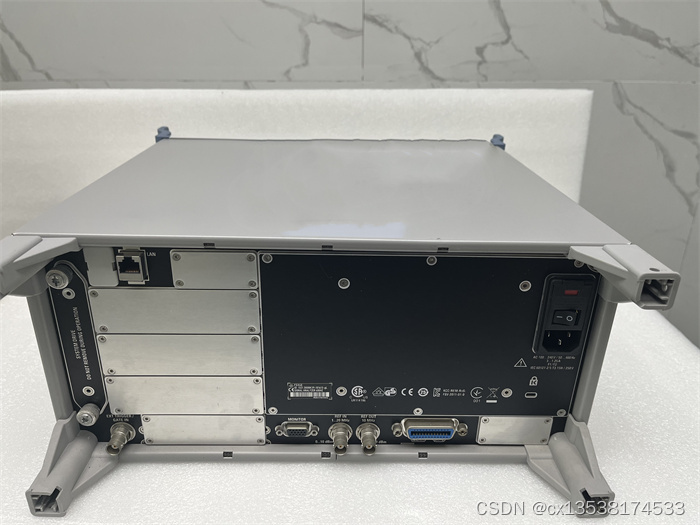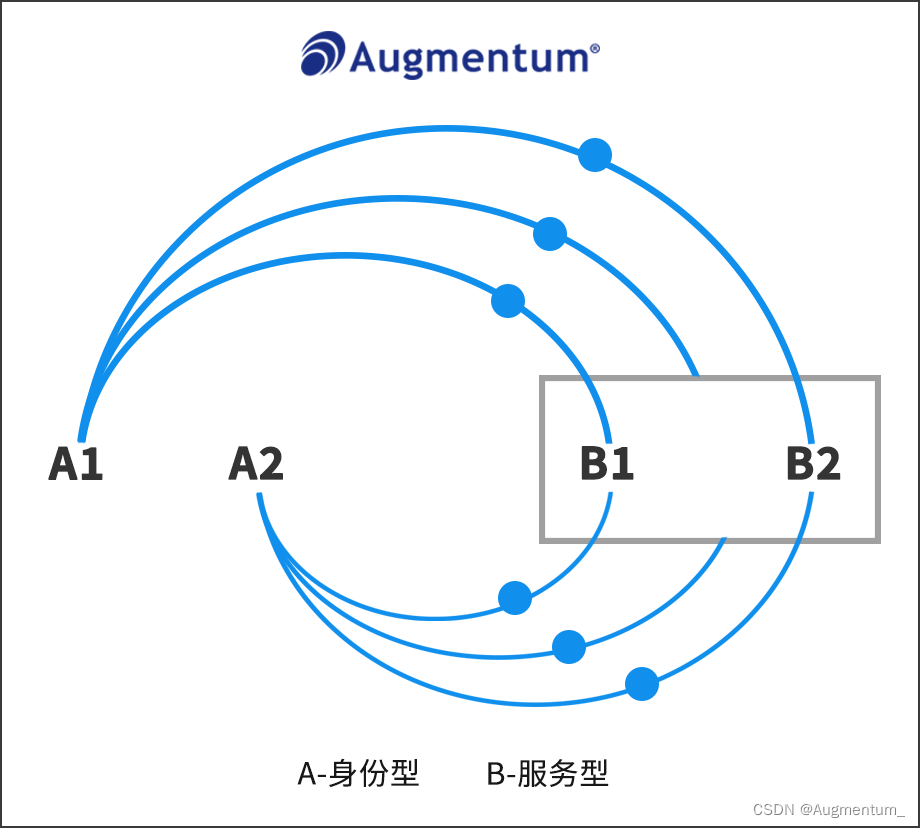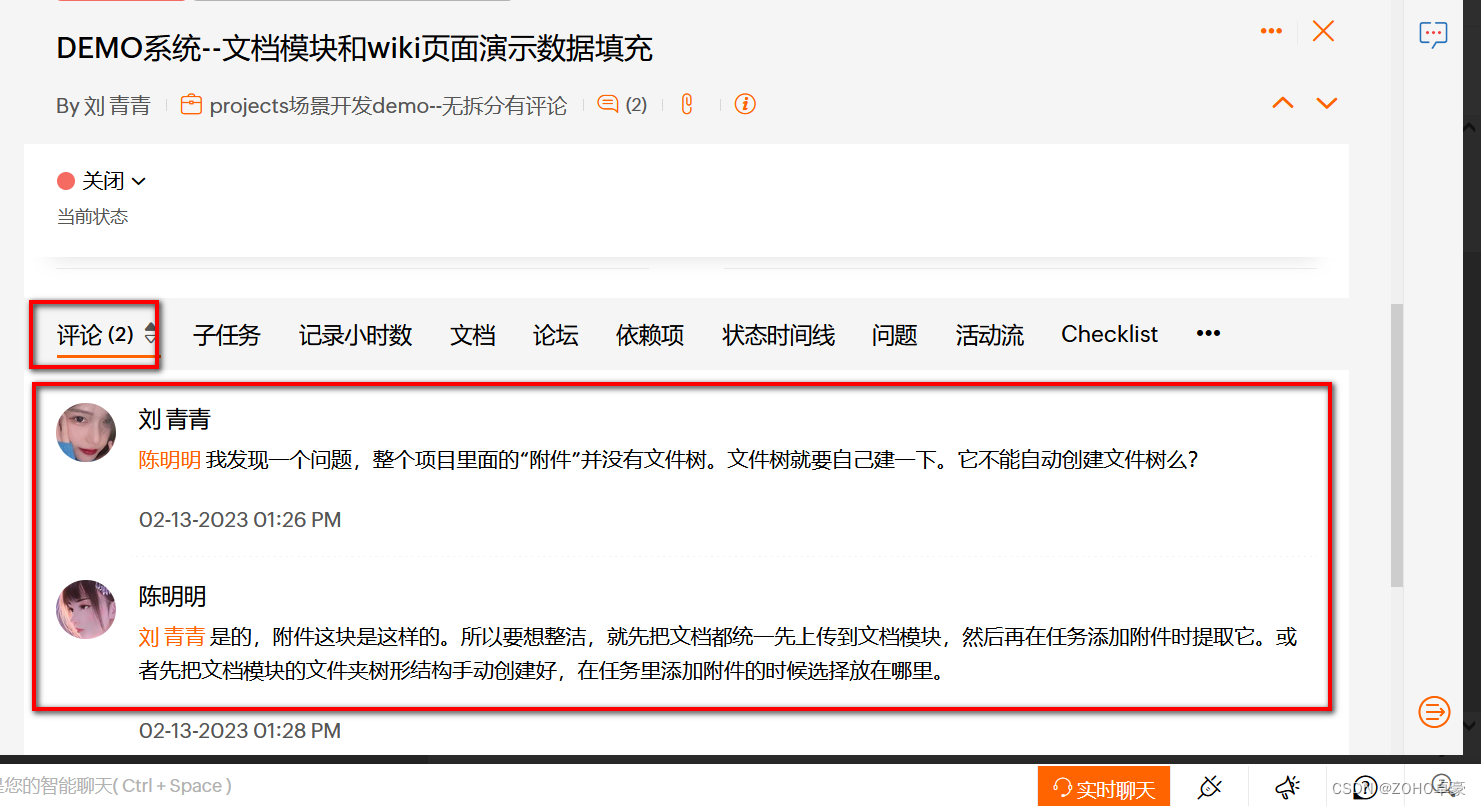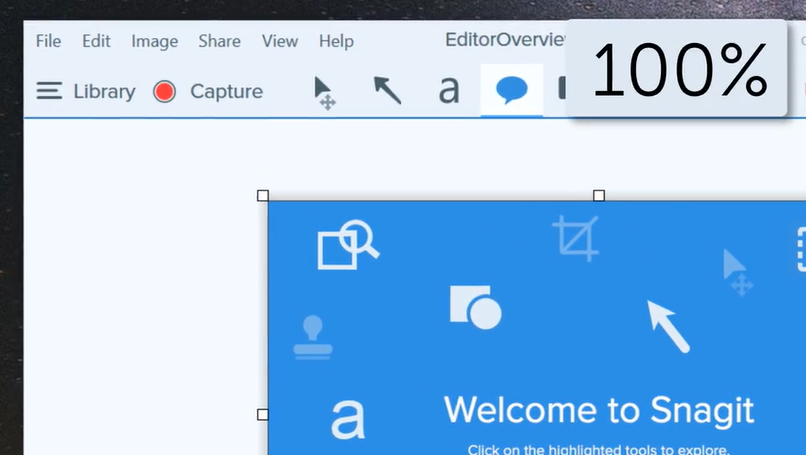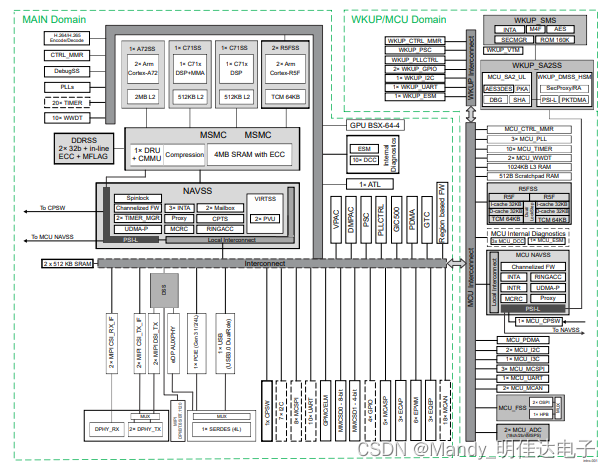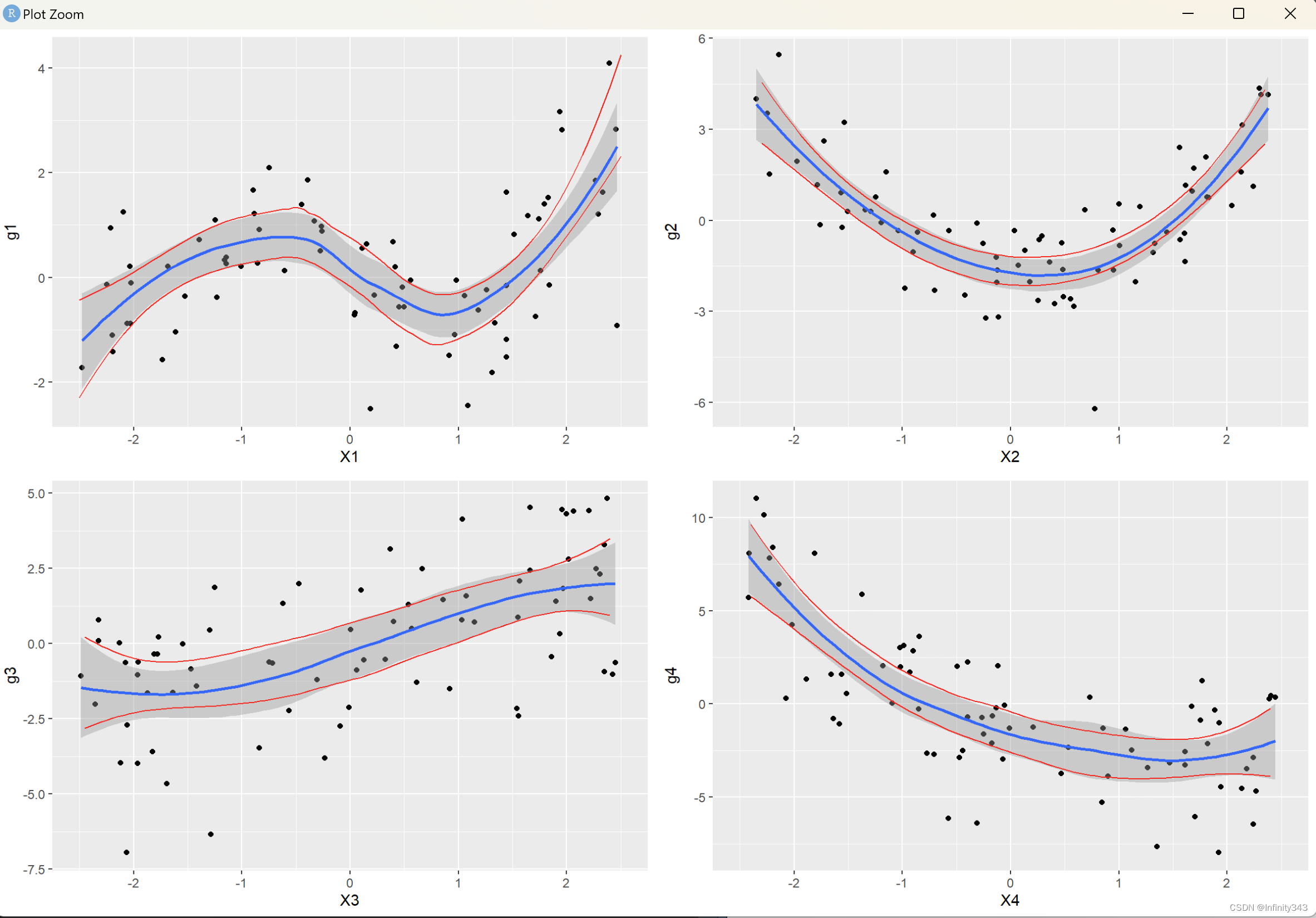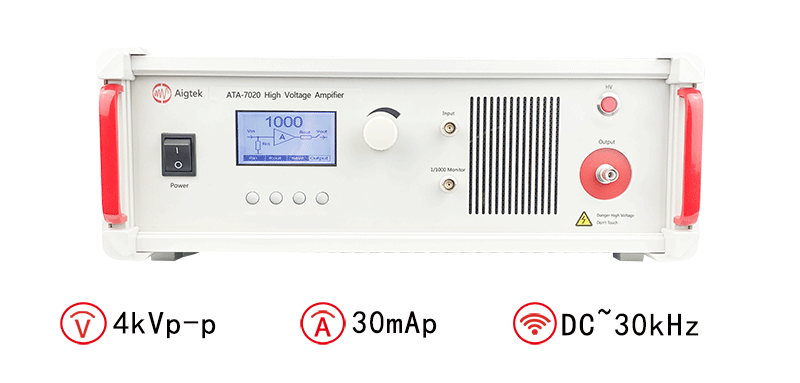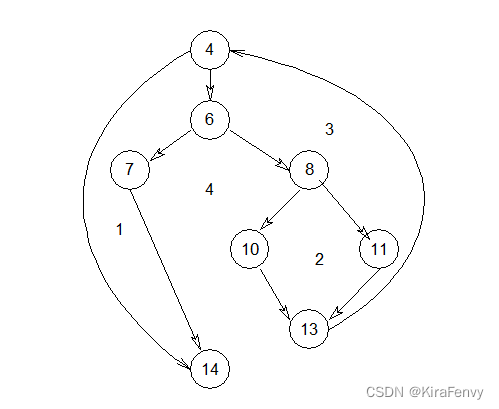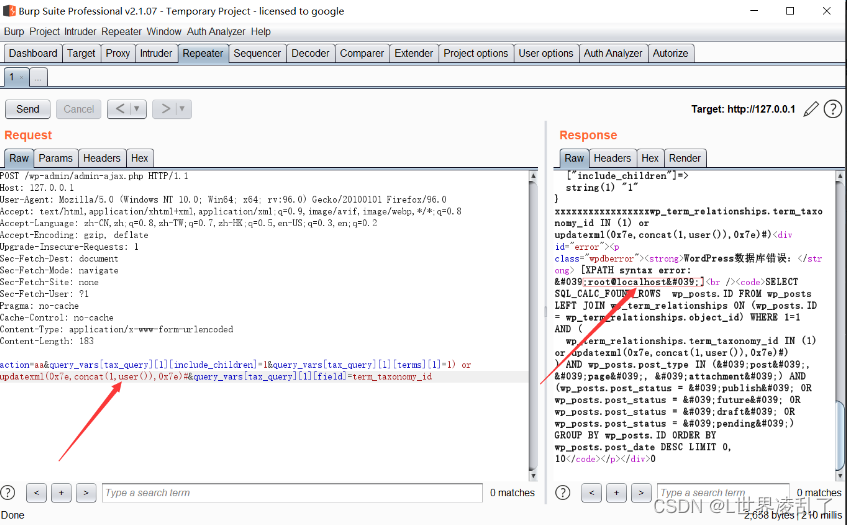5. 缓存
5.1.缓存-缓存介绍
MyBatis官方文档
MyBatis 包含一个非常强大的查询缓存特性,它可以非常方便地配置和定制。缓存可以极大的提升查询效率。
MyBatis系统中默认定义了两级缓存,一级缓存和二级缓存。
- 默认情况下,只有一级缓存( SqlSession级别的缓存,也称为本地缓存)开启。
- 二级缓存需要手动开启和配置,他是基于namespace级别的缓存。
- 为了提高扩展性。 MyBatis定义了缓存接口Cache。我们可以通过实现Cache接口来自定义二级缓存
5.2.缓存-一级缓存体验
一级缓存
- 一级缓存(local cache),即本地缓存,作用域默认为sqlSession。当 Session flush 或 close 后, 该Session 中的所有 Cache 将被清空。
- 本地缓存不能被关闭, 但可以调用 clearCache() 来清空本地缓存, 或者改变缓存的作用域.
- 在mybatis3.1之后, 可以配置本地缓存的作用域. 在 mybatis.xml 中配置
| - | - | - | - |
|---|---|---|---|
| localCacheScope | MyBatis uses local cache to prevent circular references and speed up repeated nested queries. By default (SESSION) all queries executed during a session are cached. If localCacheScope=STATEMENT local session will be used just for statement execution, no data will be shared between two different calls to the same SqlSession. | SESSION/STATEMENT | SESSION |
一级缓存体验
CacheTest.java
public class CacheTest {
@Test
public void testFirstCache() throws IOException {
SqlSessionFactory ssf = Tools.getSqlSessionFactory("c03/mybatis-config.xml");
SqlSession session = ssf.openSession();
try {
EmployeeMapper em = session.getMapper(EmployeeMapper.class);
Employee e1 = em.getEmpById(1);
System.out.println(e1);
Employee e2 = em.getEmpById(1);
System.out.println(e2);
System.out.println("e1 == e2 : " + (e1 == e2));
session.commit();
} finally {
session.close();
}
}
}
输出结果:
DEBUG 08-02 22:50:35,092 ==> Preparing: select * from employee where id = ? (BaseJdbcLogger.java:145)
DEBUG 08-02 22:50:35,192 ==> Parameters: 1(Integer) (BaseJdbcLogger.java:145)
DEBUG 08-02 22:50:35,260 <== Total: 1 (BaseJdbcLogger.java:145)
Employee [id=1, lastName=jallen2, email=jallen@good.com, gender=1, department=null]
Employee [id=1, lastName=jallen2, email=jallen@good.com, gender=1, department=null]
e1 == e2 : true <-------------e1和e2指向相同的对象
5.3.缓存-一级缓存失效的四种情况
同一次会话期间只要查询过的数据都会保存在当前SqlSession的一个Map中
- key = hashCode + 查询的SqlId + 编写的sql查询语句 + 参数
一级缓存失效的四种情况:
- 不同的SqlSession对应不同的一级缓存
- 同一个SqlSession但是查询条件不同
- 同一个SqlSession两次查询期间执行了任何一次增删改操作
- 同一个SqlSession两次查询期间手动清空了缓存
5.4.缓存-二级缓存介绍
- 二级缓存(second level cache),全局作用域缓存
- 二级缓存默认不开启,需要手动配置
- MyBatis提供二级缓存的接口以及实现,缓存实现要求 POJO实现Serializable接口
- 二级缓存在 SqlSession 关闭或提交之后才会生效
- 使用步骤
- 全局配置文件中开启二级缓存
<setting name="cacheEnabled" value="true"/>
- 需要使用二级缓存的映射文件处使用cache配置缓存
<cache />
- 注意: POJO需要实现Serializable接口
- 全局配置文件中开启二级缓存
cache标签的属性:
- eviction:缓存的回收策略:
- LRU – 最近最少使用的:移除最长时间不被使用的对象。
- FIFO – 先进先出:按对象进入缓存的顺序来移除它们。
- SOFT – 软引用:移除基于垃圾回收器状态和软引用规则的对象。
- WEAK – 弱引用:更积极地移除基于垃圾收集器状态和弱引用规则的对象。
- 默认的是 LRU。
- flushInterval:缓存刷新间隔
- 缓存多长时间清空一次,默认不清空,设置一个毫秒值
- readOnly:是否只读:
- true:只读;mybatis认为所有从缓存中获取数据的操作都是只读操作,不会修改数据。mybatis为了加快获取速度,直接就会将数据在缓存中的引用交给用户。不安全,速度快
- false:非只读:mybatis觉得获取的数据可能会被修改。mybatis会利用序列化&反序列的技术克隆一份新的数据给你。安全,速度慢
- size:缓存存放多少元素;
- type=“”:指定自定义缓存的全类名;
- 实现Cache接口即可;
5.5.缓存-二级缓存使用&细节
使用步骤:
- 全局配置文件中开启二级缓存
<setting name="cacheEnabled" value="true"/>
- 需要使用二级缓存的映射文件处使用cache配置缓存
<cache />
- 注意: POJO需要实现Serializable接口
mybatis-config.xml
<configuration>
<settings>
<setting name="cacheEnabled" value="true"/>
Employee.java
public class Employee implements Serializable{
private static final long serialVersionUID = -7390587151857533202L;
EmployeeMapper.xml
<mapper namespace="club.coderhome.c03.mapper.dao.EmployeeMapper">
<cache eviction="FIFO" flushInterval="60000" readOnly="false" size="1024"></cache>
CacheTest.java
public class CacheTest {
@Test
public void testSecondCache() throws IOException {
SqlSessionFactory ssf = Tools.getSqlSessionFactory("c05/mybatis-config.xml");
SqlSession session = ssf.openSession();
SqlSession session2 = ssf.openSession();
try {
EmployeeMapper em = session.getMapper(EmployeeMapper.class);
Employee e1 = em.getEmpById(1);
System.out.println(e1);
session.close();
EmployeeMapper em2 = session2.getMapper(EmployeeMapper.class);
Employee e2 = em2.getEmpById(1);
System.out.println(e2);
System.out.println("e1 == e2 : " + (e1 == e2));
} finally {
session2.close();
}
}
输出结果:
DEBUG 08-03 01:13:02,575 Cache Hit Ratio [club.coderhome.c03.mapper.dao.EmployeeMapper]: 0.0 (LoggingCache.java:62)
DEBUG 08-03 01:13:03,945 ==> Preparing: select * from employee where id = ? (BaseJdbcLogger.java:145)
DEBUG 08-03 01:13:04,081 ==> Parameters: 1(Integer) (BaseJdbcLogger.java:145)
DEBUG 08-03 01:13:04,186 <== Total: 1 (BaseJdbcLogger.java:145)
Employee [id=1, lastName=jallen2, email=jallen@good.com, gender=1, department=null]
DEBUG 08-03 01:13:04,218 Cache Hit Ratio [club.coderhome.c03.mapper.dao.EmployeeMapper]: 0.5 (LoggingCache.java:62)
Employee [id=1, lastName=jallen2, email=jallen@good.com, gender=1, department=null]
e1 == e2 : false
5.6.缓存-缓存有关的设置以及属性
- 全局setting的cacheEnable:
– 配置二级缓存的开关。一级缓存一直是打开的。 - select标签的useCache属性:
– 配置这个select是否使用二级缓存。一级缓存一直是使用的 - 每个增删改标签的flushCache属性:
– 增删改默认flushCache=true。sql执行以后,会同时清空一级和二级缓存。查询默认flushCache=false。 - sqlSession.clearCache():
– 只是用来清除一级缓存。 - 全局setting的localCacheScope:本地缓存作用域:(一级缓存SESSION),当前会话的所有数据保存在会话缓存中;STATEMENT:可以禁用一级缓存。
5.7.缓存-缓存原理图示

5.8.缓存-第三方缓存整合原理&ehcache适配包下载
- EhCache 是一个纯Java的进程内缓存框架,具有快速、精干等特点,是Hibernate中默认的CacheProvider。
- MyBatis定义了Cache接口方便我们进行自定义扩展。
package org.apache.ibatis.cache;
import java.util.concurrent.locks.ReadWriteLock;
public interface Cache {
String getId();
void putObject(Object key, Object value);
Object getObject(Object key);
Object removeObject(Object key);
void clear();
int getSize();
ReadWriteLock getReadWriteLock();
}
5.9.缓存-MyBatis整合ehcache&总结
步骤:
- 加入mybatis-ehcache依赖
<dependency>
<groupId>org.mybatis.caches</groupId>
<artifactId>mybatis-ehcache</artifactId>
<version>1.2.1</version>
</dependency>
- 编写ehcache.xml配置文件
<?xml version="1.0" encoding="UTF-8"?>
<ehcache xmlns:xsi="http://www.w3.org/2001/XMLSchema-instance"
xsi:noNamespaceSchemaLocation="../config/ehcache.xsd">
<!-- 磁盘保存路径 -->
<diskStore path="C:\\ehcache" />
<defaultCache
maxElementsInMemory="10000"
maxElementsOnDisk="10000000"
eternal="false"
overflowToDisk="true"
timeToIdleSeconds="120"
timeToLiveSeconds="120"
diskExpiryThreadIntervalSeconds="120"
memoryStoreEvictionPolicy="LRU">
</defaultCache>
</ehcache>
<!--
属性说明:
l diskStore:指定数据在磁盘中的存储位置。
l defaultCache:当借助CacheManager.add("demoCache")创建Cache时,EhCache便会采用<defalutCache/>指定的的管理策略
以下属性是必须的:
l maxElementsInMemory - 在内存中缓存的element的最大数目
l maxElementsOnDisk - 在磁盘上缓存的element的最大数目,若是0表示无穷大
l eternal - 设定缓存的elements是否永远不过期。如果为true,则缓存的数据始终有效,如果为false那么还要根据timeToIdleSeconds,timeToLiveSeconds判断
l overflowToDisk - 设定当内存缓存溢出的时候是否将过期的element缓存到磁盘上
以下属性是可选的:
l timeToIdleSeconds - 当缓存在EhCache中的数据前后两次访问的时间超过timeToIdleSeconds的属性取值时,这些数据便会删除,默认值是0,也就是可闲置时间无穷大
l timeToLiveSeconds - 缓存element的有效生命期,默认是0.,也就是element存活时间无穷大
diskSpoolBufferSizeMB 这个参数设置DiskStore(磁盘缓存)的缓存区大小.默认是30MB.每个Cache都应该有自己的一个缓冲区.
l diskPersistent - 在VM重启的时候是否启用磁盘保存EhCache中的数据,默认是false。
l diskExpiryThreadIntervalSeconds - 磁盘缓存的清理线程运行间隔,默认是120秒。每个120s,相应的线程会进行一次EhCache中数据的清理工作
l memoryStoreEvictionPolicy - 当内存缓存达到最大,有新的element加入的时候, 移除缓存中element的策略。默认是LRU(最近最少使用),可选的有LFU(最不常使用)和FIFO(先进先出)
-->
- 配置cache标签
<cache type="org.mybatis.caches.ehcache.EhcacheCache"></cache>
演示:
DepartmentMapper.xml
<mapper namespace="club.coderhome.c03.mapper.dao.DepartmentMapper">
<cache type="org.mybatis.caches.ehcache.EhcacheCache"/>
CacheTest.java
public class CacheTest {
@Test
public void testEhcache() throws IOException {
SqlSessionFactory ssf = Tools.getSqlSessionFactory("c05/mybatis-config.xml");
SqlSession session = ssf.openSession();
SqlSession session2 = ssf.openSession();
try {
DepartmentMapper dm = session.getMapper(DepartmentMapper.class);
Department dp = dm.getDeptById(1);
System.out.println(dp);
session.close();
DepartmentMapper dm2 = session2.getMapper(DepartmentMapper.class);
Department dp2 = dm2.getDeptById(1);
System.out.println(dp2);
} finally {
session2.close();
}
}
另外:
参照缓存: 若想在命名空间中共享相同的缓存配置和实例。可以使用 cache-ref 元素来引用另外一个缓存。
<mapper namespace="club.coderhome.mybatis.dao.DepartmentMapper">
<!-- 引用缓存:namespace:指定和哪个名称空间下的缓存一样 -->
<cache-ref namespace="club.coderhome.mybatis.dao.EmployeeMapper"/>
